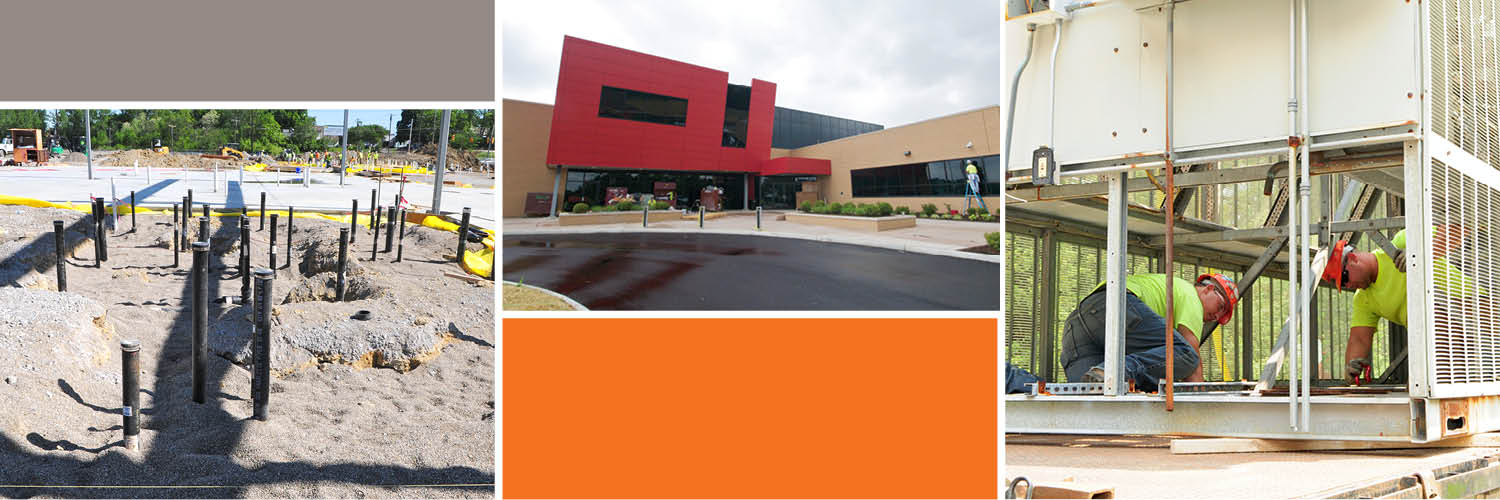Presented by TP Mechanical | Provided by HORAN
Although lead-based paint and dust in older buildings are the most common sources of lead poisoning, drinking water is sometimes a source as well. This is mostly due to old, corroded pipes.
High levels of lead in the bloodstream can cause serious health effects, especially in children under the age of 6. Symptoms of lead poisoning in children include developmental delay, learning difficulties, irritability, weight loss, fatigue, abdominal pain, vomiting, constipation and hearing loss.
Since you can’t see, smell or taste lead in water, the only way to detect it is to have the water tested. If your home is served by public water systems, your local water authority should be able to provide this information. You can also use an at-home lead-testing kit.
If your tap water’s lead levels exceed 15 ppb, you can possibly reduce the threat of lead poisoning by doing the following:
- Run cold water for at least a minute before using or drinking it.
- Do not use hot tap water for drinking and cooking, since hot water draws lead from the corroded pipes. Instead, use cold tap water and heat it on the stove.
- Invest in a home water filtration system that reduces the amount of lead in your water.
